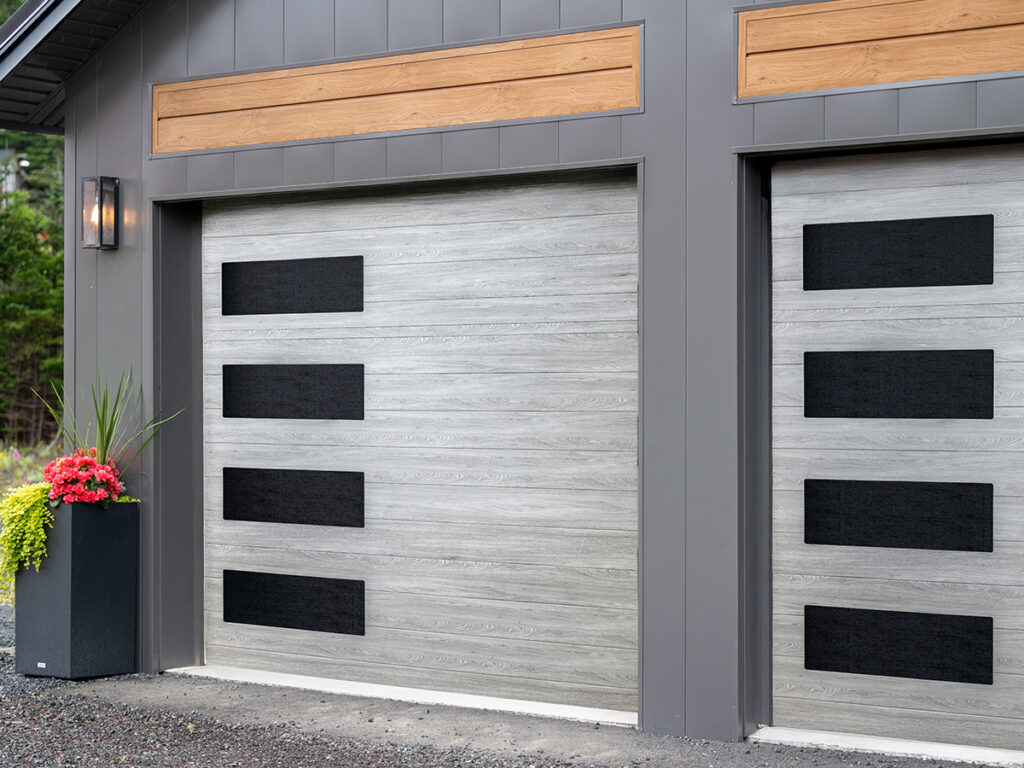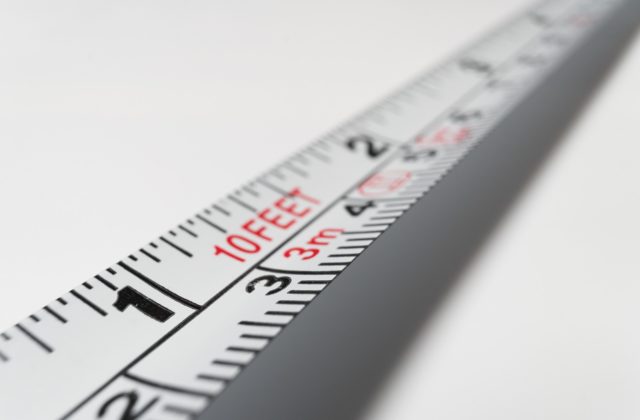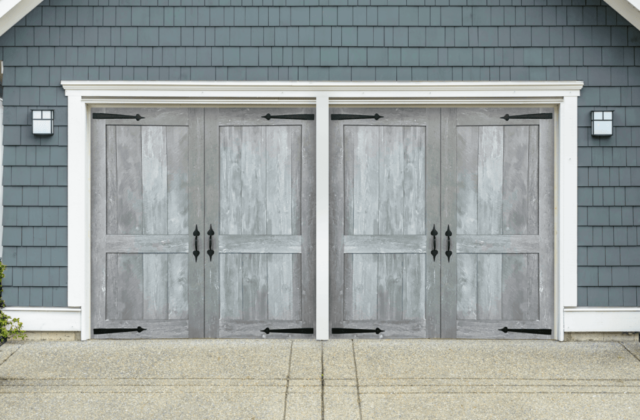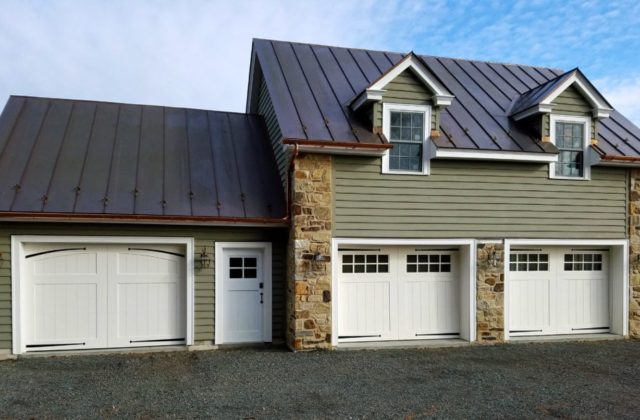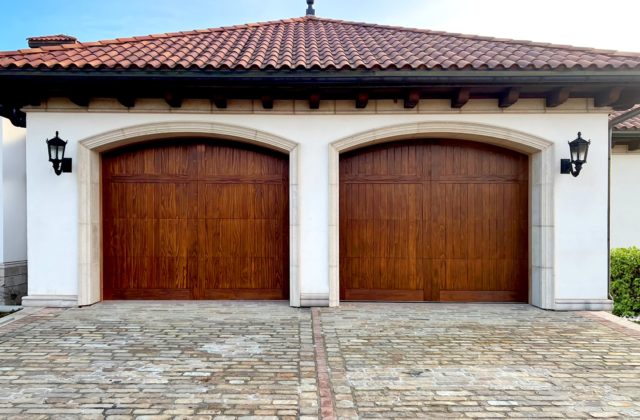Exterior garage lights play an integral role in creating curb appeal for your home, both during the day and at night. However, choosing the right outside lighting for your garage can be overwhelming. In this comprehensive guide, we’ll break the process down into smaller pieces that are more manageable. Let’s start by examining the benefits of upgrading your garage door lighting or adding new fixtures.
What Are the Benefits of Exterior Garage Door Lighting?
There are many benefits of installing exterior garage lights on your property. These include:
- Enhanced curb appeal
- Deters burglars from breaking in due to better lighting
- Increased visibility of your driveway and surrounding areas
- Improved safety for your family and guests
What UL Fixture Rating Do You Need?
Before you choose your garage door accent lighting, you’ll need to determine which Underwriter Laboratories (UL) fixture rating you need. There are three ratings: dry, damp, and wet. Since this blog is about outdoor lighting, we’ll focus on damp- and wet-rated fixtures.
Damp-rated fixtures are designed for outdoor areas with no direct exposure to rain or snow. However, they can handle moisture and dampness. They’re ideal for bathrooms, carports, covered patios, screened porches, and kitchens.
Wet-rated fixtures are designed to withstand ice, snow, and intense rain, along with salty ocean breezes. They’re a smart choice for garages, exposed decks, verandas, lanais, gazebos, and pergolas.
In most cases, your exterior garage door lights will need to be wet-rated, unless they’re located under a large overhang.
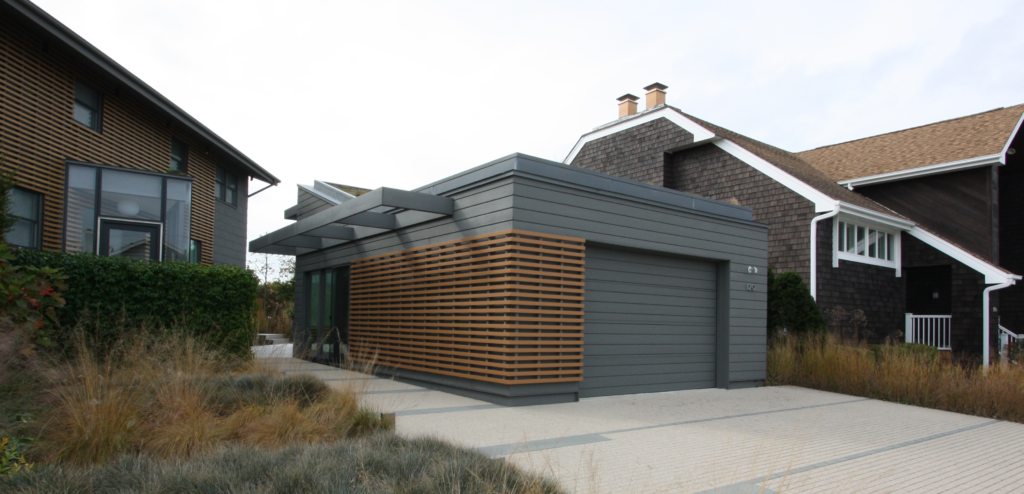
How Many Exterior Garage Door Lights Do You Need?
Next, you’ll want to decide how many lights you want to install. This depends on the size of your garage and the number of doors you have. One of the best ways to make this decision is by standing at the end of your driveway or across the street at dusk. This allows you to determine the proper amount of illumination you need, along with the number of lights that will be aesthetically pleasing.
If you’re still not sure how many lights you need, here are a few of our suggestions:
- If you have a one-car garage, you can install one light on the side of the door that’s closest to your front walk. You can also opt for one light on each side of the door. If you have a double door, consider placing lights on the left, right, and center sides. If you’re looking for brighter light, a medium floodlight also works well.
- Two- and three-car garages should have at least one light on each side of every single or double door. If there’s a break between the doors, install lights on both ends of the building and between each door.
What Size Should Your Garage Door Lights Be?
Exterior garage lights that are too small or too large will detract from the curb appeal of your home. As a general rule of thumb, your fixture should measure one-third to one-quarter the height of your garage door.
To calculate the specific fixture size you need, multiply the width of your garage door by 0.25 for a single door and 0.33 for a double door. Many fixtures include a suggested light source and estimated beam width to help you double-check your calculations.
Exterior Garage Light Placement Suggestions
Exterior garage light placement plays a key role in creating a more upscale look for your home. Where garage lights are placed not only enhances curb appeal but also ensures optimal functionality. The bottom of any side lighting should be positioned one foot from the top of the garage door, including any decorative accessories. If you’re centering a fixture above the door, take the width of the door and divide it in half to find the proper placement. Keep in mind that center fixtures should be large enough to effectively illuminate the full width of your driveway.

What Style of Exterior Garage Door Lights Is Right for You?
If you’re looking for garage door lighting ideas, consider one of the styles below. While some fixtures are intended for a specific home style, others are more universal:
- Coastal/nautical (bulkhead lights, lanterns)
- Cottage (barn lights, lanterns)
- French country (wall-mounted lanterns)
- Industrial (bulkhead lights, barn lights)
- Modern/contemporary (flush or semi-flush sconces, barn lights)
- Rustic/lodge (wall-mounted lanterns)
- Traditional (barn lights, wall-mounted lanterns)
Do You Need Security Garage Door Lighting?
In some cases, homeowners install exterior garage door lights for enhanced safety and security. Depending on your needs, you can opt for floodlights, spotlights, or a combination of both.
Floodlights
While they’re not always aesthetically-pleasing, floodlights are highly functional. They cast a wash of bright light over a large area and typically contain motion sensors.
Spotlights
These shine light in a smaller, focused area, making their target extremely bright. Spotlights are ideal for stairs or areas in front of pedestrian and garage doors.
Do You Need Any Special Features with Your Exterior Lights?
Depending on your unique situation, you may need garage door accent lighting with special features. We’ll explore a few of these below.
Dark Sky-Compliant Lights
These are specifically designed to reduce light pollution and are required in certain areas. To be dark-sky compliant, fixtures must use low-brightness bulbs and only shine light downwards in a contained area.
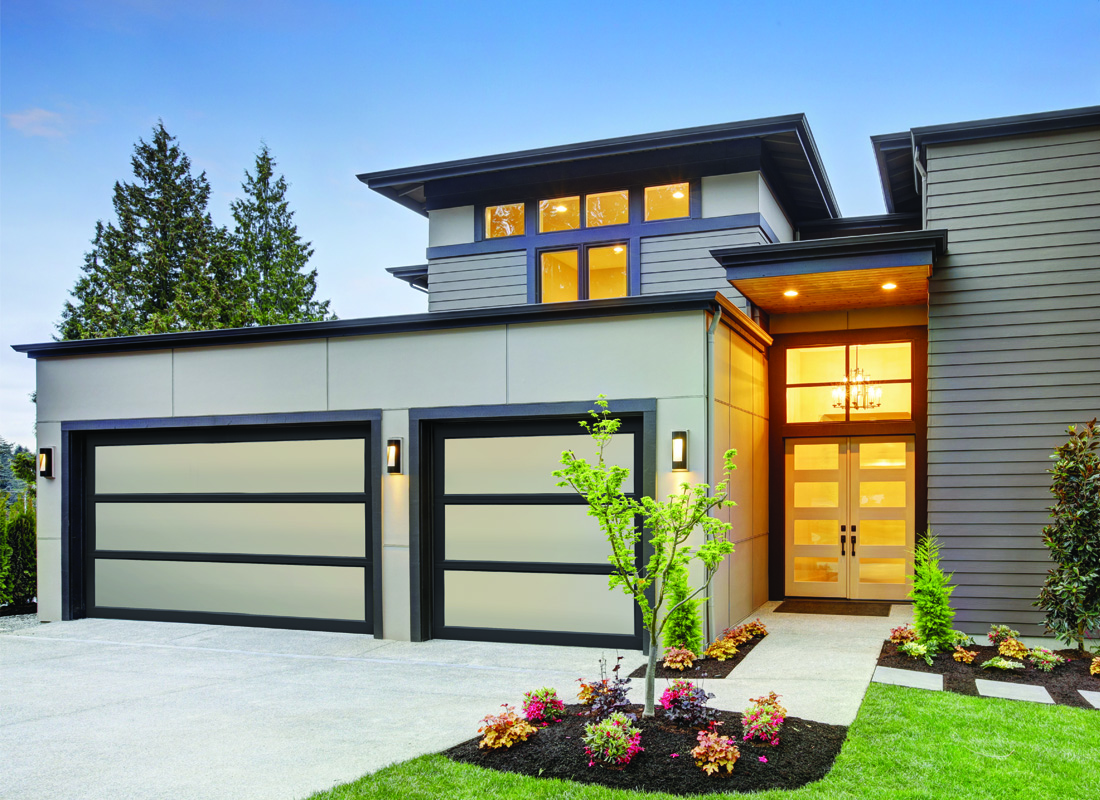
Bug-Repellent Lights
You can opt for yellow compact fluorescent light (CFL), which offers decent illumination with fewer bugs. These products are particularly useful if your garage doors are situated close to your front door.
Dusk-to-Dawn Lights
These lights start to brighten at dusk and reach full brightness when it’s dark out. Then, they gradually dim at dawn and shut off when the sun rises. Dusk-to-dawn lights are very convenient, because you don’t have to turn them on and off or set a timer.
LED Dimmable Lights
More energy-efficient and convenient than incandescent bulbs, LED dimmable lights are continuing to grow in popularity. They also last much longer than their traditional counterparts.
Lights with Timers
These fixtures ensure the area around your garage is only lit during certain times. This saves you money on your electric bill and eliminates the need to turn the lights on and off. While many exterior lights come with built-in timers, you may also be able to add them to existing units.
Solar-Powered Lights
These energy-efficient fixtures aren’t connected to an electrical supply, so you can place them virtually anywhere that gets good sunlight.
